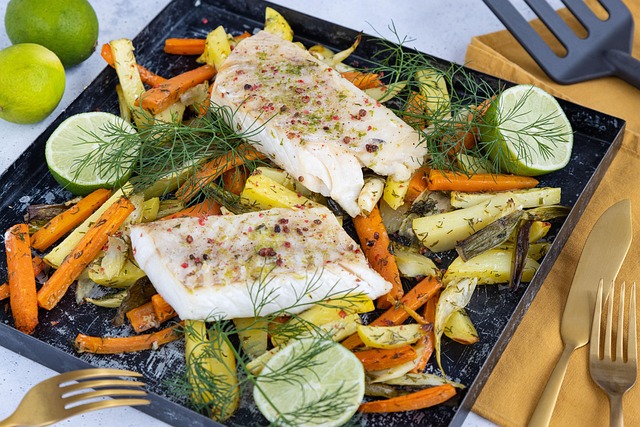Losing weight in your 40s can feel harder than in your 20s or 30s. Hormonal changes, slower metabolism, and busy schedules all play a role. Many people unintentionally sabotage their progress by making common mistakes.
Understanding these pitfalls is crucial for success. This article highlights the most frequent mistakes people make when losing weight in their 40s. You’ll also get practical tips to avoid them. By the end, you’ll feel ready to achieve lasting results.

Mistake 1: Ignoring Strength Training
Many people focus only on cardio. They believe it burns the most calories. While cardio is useful, strength training is essential in your 40s. Muscle naturally declines with age. Less muscle means a slower metabolism.
Adding resistance exercises like weight lifting or bodyweight workouts helps maintain muscle. It also improves posture and boosts calorie burn. Aim for two to three strength-training sessions each week.
Mistake 2: Cutting Calories Too Drastically
Some think eating very little will speed up weight loss. However, cutting calories too much slows metabolism and reduces energy. It can also cause nutrient deficiencies.
A moderate calorie deficit works better. Focus on balanced meals with lean protein, healthy fats, and complex carbs. Small, consistent changes are more effective than extreme restrictions.
Mistake 3: Skipping Meals or Fasting Improperly
Skipping meals or doing strict intermittent fasting can harm your body. Blood sugar swings and low energy are common side effects.
If you prefer fasting, try a gentle approach. A 12-hour overnight fast works well. Always listen to your body’s hunger cues. Eating regular, balanced meals supports metabolism and prevents overeating.
Mistake 4: Neglecting Sleep and Stress Management
Sleep and stress are often ignored. Poor sleep increases hunger hormones. Stress raises cortisol, which can lead to belly fat.
Prioritize 7–9 hours of quality sleep each night. Add stress-relief habits like meditation, walking, or journaling. These habits help with weight loss and overall health.
Mistake 5: Following Fad Diets Blindly
Fad diets promise quick results. Most are unsustainable and restrictive. Some can even be harmful.
Instead, focus on a balanced eating plan. Eat whole foods, practice portion control, and stay flexible. This approach ensures you keep weight off for the long term.
Mistake 6: Not Tracking Progress
Tracking progress is essential. Without it, it’s easy to fall back into old habits.
Monitor what you eat, how often you exercise, and body measurements. Tracking helps you see what works and what doesn’t. It also keeps you motivated.
For a more detailed guide on eating for fat loss, check out How to Burn Belly Fat in Your 40s Naturally.
Mistake 7: Lack of Consistency
Consistency is critical. Skipping workouts, irregular meals, or frequent cheat days can slow your progress.
Treat weight loss in your 40s as a lifestyle change. Small daily actions add up over time. Celebrate small wins. Stay patient and committed.
Conclusion
Weight loss in your 40s doesn’t have to be frustrating. Avoid mistakes like ignoring strength training, cutting calories too drastically, skipping meals, neglecting sleep, following fad diets, not tracking progress, and lacking consistency.
A mindful, balanced approach will improve your weight, energy, and confidence. Start today for healthier, lasting results.
External Resource
For more expert tips on healthy weight loss, see Mayo Clinic Weight Loss Tips.




